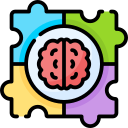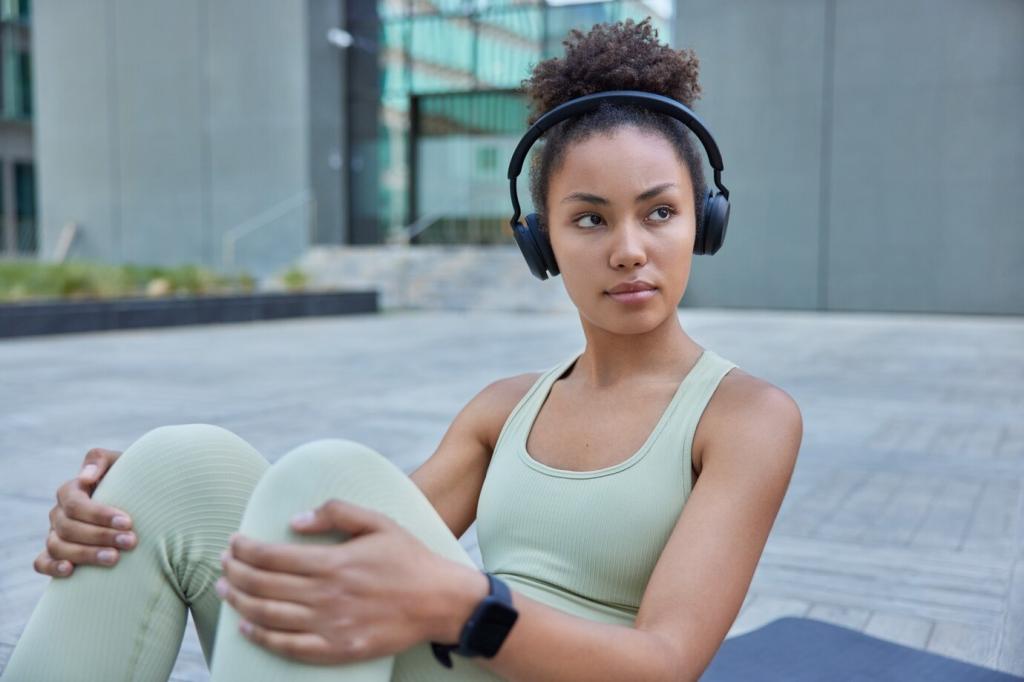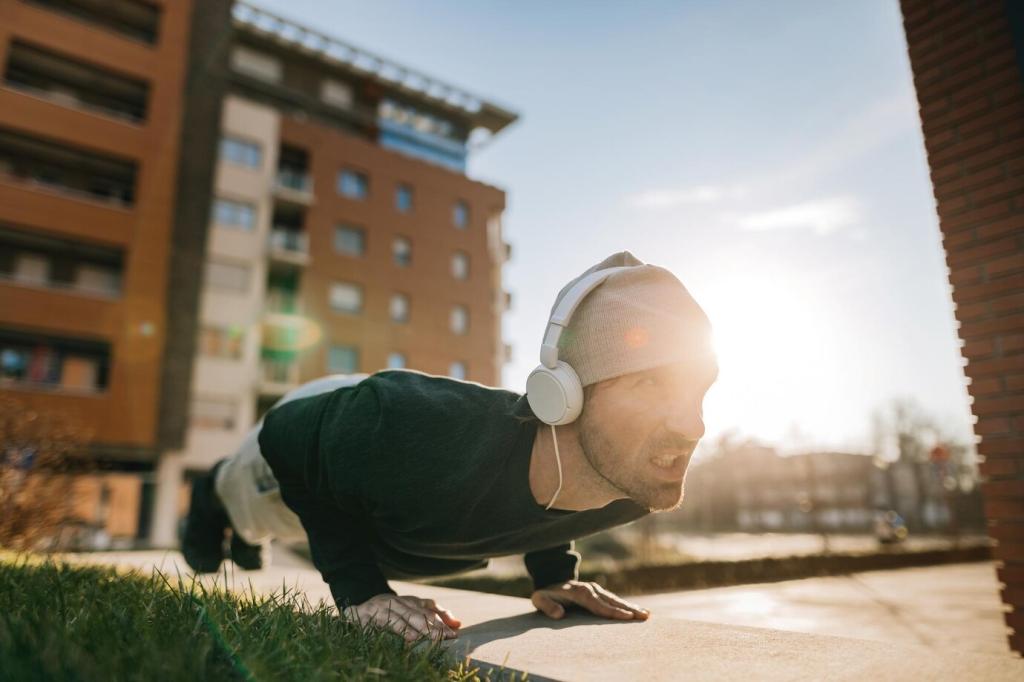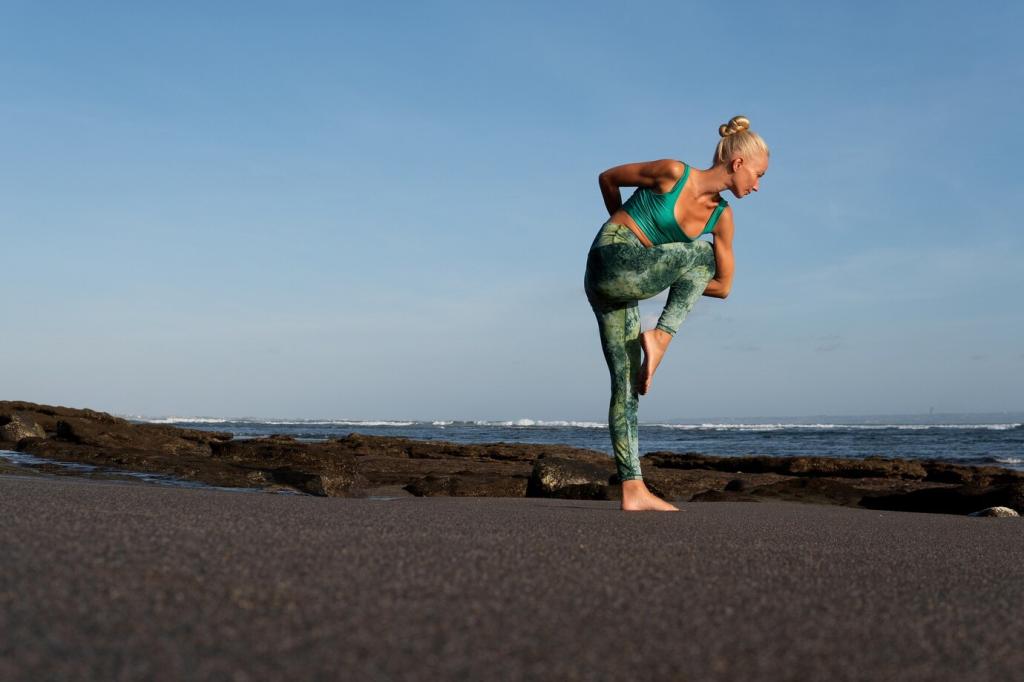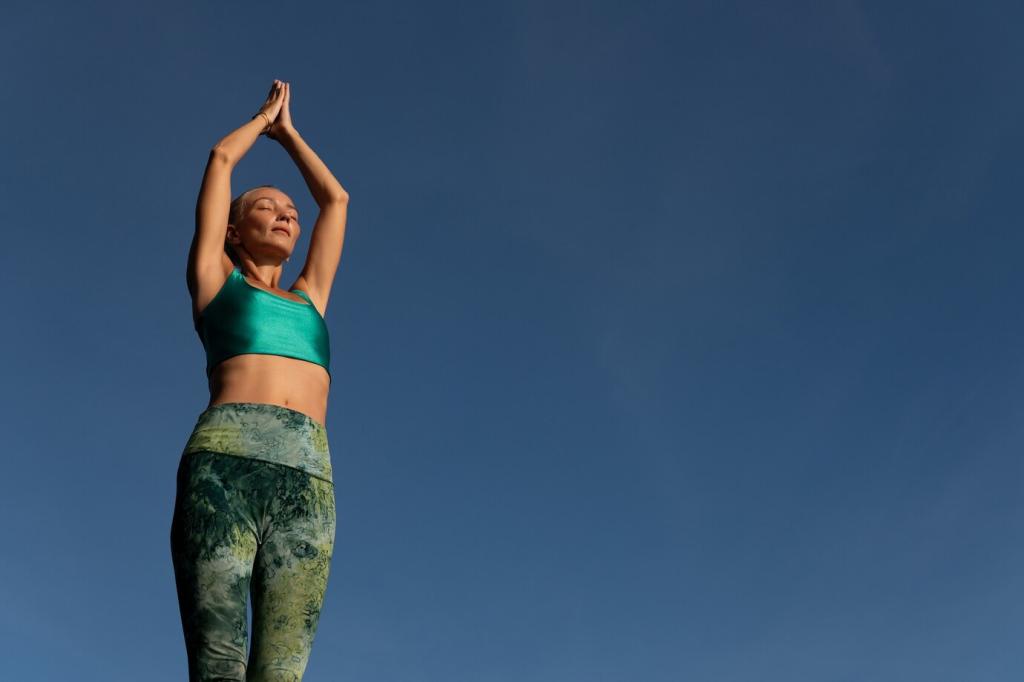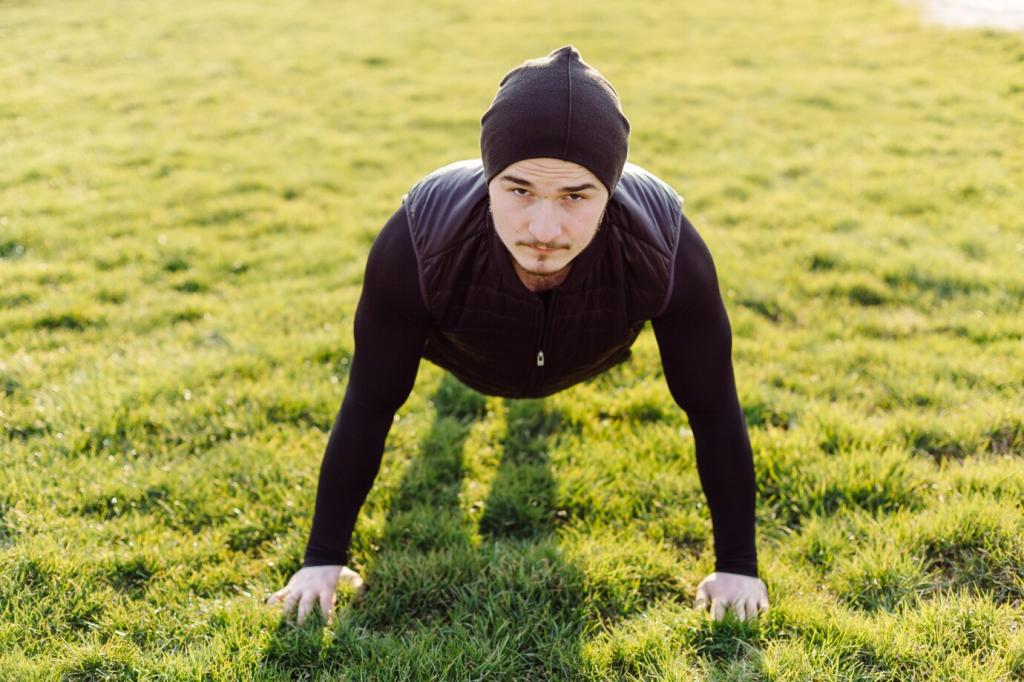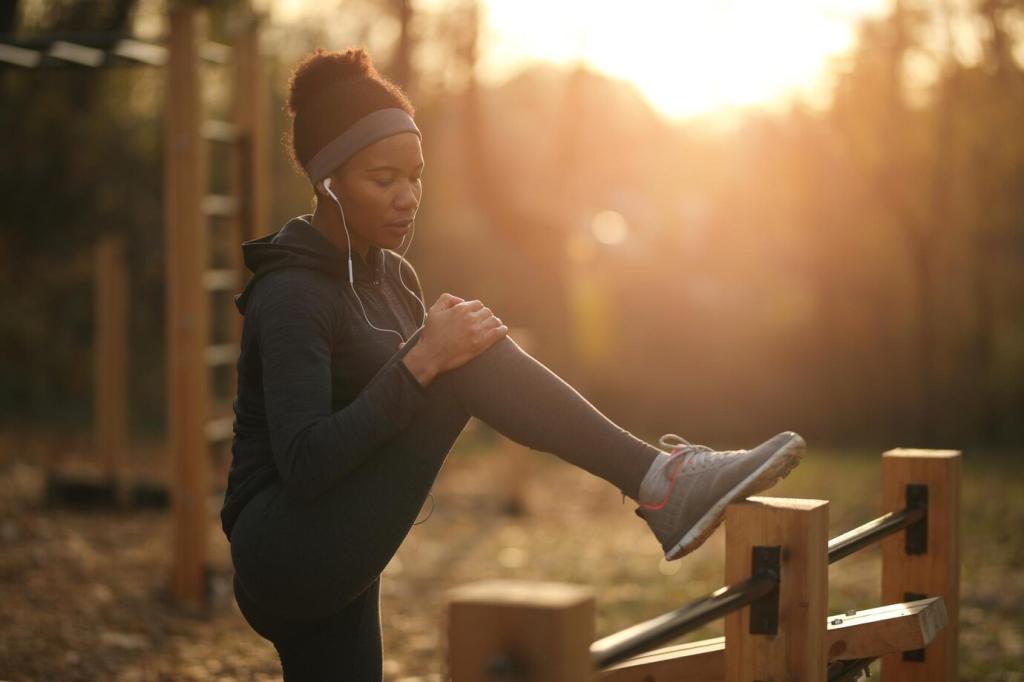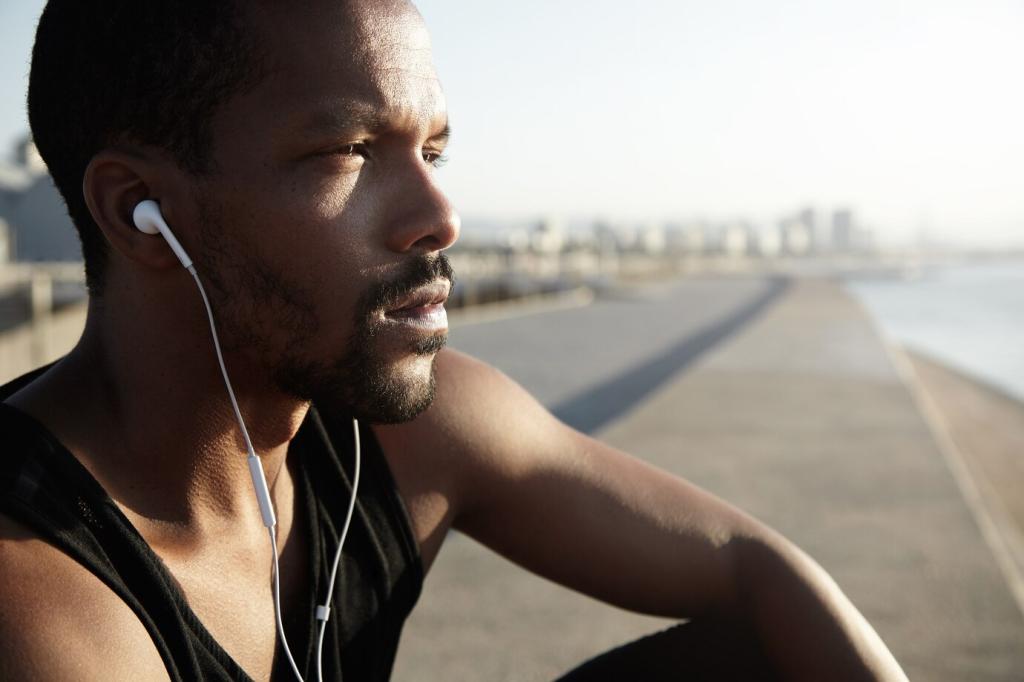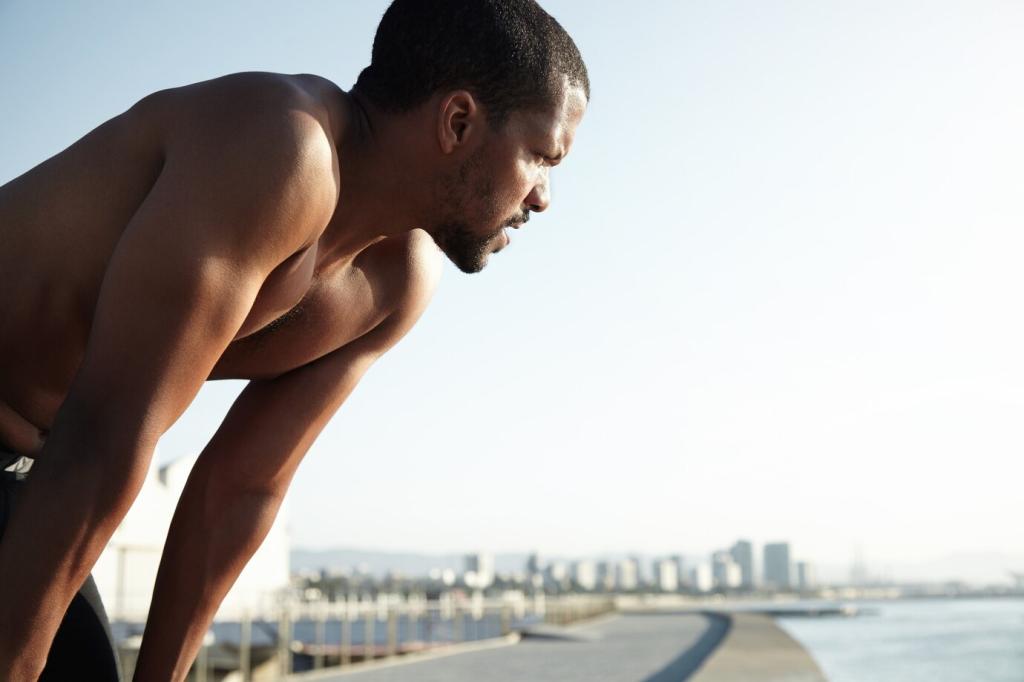Everyday Micro-Practices
On the way to practice, silence notifications. Inhale curiosity, exhale hurry. Arrive with a quieter mind and clearer priorities before lacing up. Comment with your chosen pre-practice mantra today.
Everyday Micro-Practices
Take three slow breaths before eating, notice aroma and texture, and chew deliberately. Stable attention at the table supports digestion, recovery, and the discipline you want during tough training cycles.
